 If you’ve spent any time tasting wine in Napa Valley you can attest to the fact that Cabernet Sauvignon is everywhere. It happens that Napa is one of the places in the world where Cabernet truly flourishes. When journeying from one winery to another it can be a bit overwhelming when you realize that if all you did was taste Napa Cabernet, it would become a part time job to try every one in the valley. It is tempting though because there are so many fine examples out there. Production sizes, styles, vineyards and more vary so greatly that this one terrific grape produces a sea of distinct offerings.
If you’ve spent any time tasting wine in Napa Valley you can attest to the fact that Cabernet Sauvignon is everywhere. It happens that Napa is one of the places in the world where Cabernet truly flourishes. When journeying from one winery to another it can be a bit overwhelming when you realize that if all you did was taste Napa Cabernet, it would become a part time job to try every one in the valley. It is tempting though because there are so many fine examples out there. Production sizes, styles, vineyards and more vary so greatly that this one terrific grape produces a sea of distinct offerings.
Today I’m going to look at two from one small producer, Piña Napa Valley. The Piña family has a long history in Napa Valley that dates back to the 1860’s. While they are perhaps best known for their great reputation as vineyard managers, their wines have also earned a strong following and exceptional reputation amongst Cabernet lovers especially. Their winery is located on the Silverado Trail. Some of their offerings are made in tiny quantities and available only directly from the winery. Today’s selections, while still modest in case production, do see a little bit of distribution around the country.
First up is the Piña 2007 D’Adamo Cabernet Sauvignon. It is a single vineyard offering. The Piña family has leased this property since 1982. They replanted it in 1997. This wine is 100% Cabernet Sauvignon. Barrel aging was accomplished over 20 months in French oak; 68% of the barrels were new. Just over 1,000 cases of this wine were produced and the suggested retail price is $75.
Black cherry, raspberry, truffle and a hint of eucalyptus mark the nose of this 2007 Cabernet Sauvignon. Blackberry and continued cherry notes are evident throughout the palate. It has an intense, layered and well balanced attack loaded with wave after wave of unrelenting flavor. Graham cracker crust, tons of dusty baker’s chocolate, black pepper, earth and a terrific mineral component make up the lengthy finish of this wine. Tannins are finely grained and well integrated.
The D’Adamo Vineyard Cabernet is delicious right out of the bottle. But give it an hour or so of air, or watch it develop over a leisurely meal with a friend, and you’ll be even more impressed as it unleashes its charms. Of course laying it down for a few years would also work if you have the patience.
The second wine is the Piña 2007 Buckeye Vineyard Cabernet Sauvignon. It’s also a single vineyard offering; Buckeye Vineyard is located on Howell Mountain. The Piña family has had this vineyard since 1996 and they planted it the following year. This selection is 100% Cabernet Sauvignon. Barrel aging was accomplished over 20 months in French oak; 73% of the barrels were new. 840 cases of this Mountain Cab were produced and the suggested retail price is $85.
Leather, cigar box, plum, berry and thyme are all present in the nose of this wine. Dark fruit including black raspberry, blackberry and an undercurrent of plum are all present throughout the palate which is layered with mountain fruit intensity. Anise, chicory, chocolate and plum pudding spice notes emerge in the impressively lengthy finish of this wine. This offering is tightly structured with firm tannins and solid acidity.
Much like the previous Cabernet, the Buckeye Vineyard needs air. A couple of hours in the decanter are hardly out of the question; that time will allow it to really shine. In truth this wine is really just a baby right now. Don’t get me wrong it’s pretty tasty. But if you want to get the very best out of this wine, lay it down for 8-10 years and then open it up. If you do decide to drink it now, pair it with something substantial.
When people speak about top shelf Napa Cabernet Sauvignon the Piña wines are the sort of releases they mean. I know it’s the style and quality of Cabernet I think of when outstanding examples come to mind. Both of these wines are exceptional and each of them is really just at the beginning of its lifecycle. The D’Adamo is a bit more accessible at the moment and it would be my choice if I was picking amongst these to drink tonight. If you love Cabernet from Napa Valley, consider the wines from Piña, you can thank me later.
Please take a moment to vote for my blog.
 When you visit any wine region there are certain stops that become classics for one reason or another. In Napa Valley, V. Sattui Winery is one of those places that people return to again and again. In addition to some tasty wines they welcome large groups and have a diverse deli section available to pick up cheeses and other snack foods. They offer picnicking on their grounds and a wide variety of wine tasting options. In short V. Sattui is an incredibly warm and welcoming place to visit. V. Sattui’s history goes back 125 years. It has been in place at its current St. Helena location since 1975. To this day it’s a family owned and run winery. Today I’ll look at one of their single vineyard Cabernet Sauvignons.
The V. Sattui Winery 2007 Vittorio’s Vineyard Cabernet Sauvignon was produced using Napa Valley fruit exclusively sourced at the namesake vineyard. In addition to Caberet a small dollop of Merlot (less than 3%) is part of this wine. Fermentation occurred in stainless steel. The wine was all barrel aged in French oak; half of the barrels were new and the other half were previously used. 931 cases of this selection were produced and the price for this wine is $35.
When you visit any wine region there are certain stops that become classics for one reason or another. In Napa Valley, V. Sattui Winery is one of those places that people return to again and again. In addition to some tasty wines they welcome large groups and have a diverse deli section available to pick up cheeses and other snack foods. They offer picnicking on their grounds and a wide variety of wine tasting options. In short V. Sattui is an incredibly warm and welcoming place to visit. V. Sattui’s history goes back 125 years. It has been in place at its current St. Helena location since 1975. To this day it’s a family owned and run winery. Today I’ll look at one of their single vineyard Cabernet Sauvignons.
The V. Sattui Winery 2007 Vittorio’s Vineyard Cabernet Sauvignon was produced using Napa Valley fruit exclusively sourced at the namesake vineyard. In addition to Caberet a small dollop of Merlot (less than 3%) is part of this wine. Fermentation occurred in stainless steel. The wine was all barrel aged in French oak; half of the barrels were new and the other half were previously used. 931 cases of this selection were produced and the price for this wine is $35.
 If you spend any time at all tasting wine in Napa Valley some things become pretty apparent quickly. One of those things is the prevalence of Cabernet Sauvignon. You’d be hard pressed to spend a day in Napa and not taste a solid handful of different cabs; if not a ton of them. The dominance of Cabernet Sauvignon in Napa is such that when I run across the occasional producer who doesn’t make one it almost makes my head turn askew. Not that I’m complaining; I love excellent Cabernet Sauvignon and Napa Valley is home to some of the best examples in the world. Today I’ll take a look at two from
If you spend any time at all tasting wine in Napa Valley some things become pretty apparent quickly. One of those things is the prevalence of Cabernet Sauvignon. You’d be hard pressed to spend a day in Napa and not taste a solid handful of different cabs; if not a ton of them. The dominance of Cabernet Sauvignon in Napa is such that when I run across the occasional producer who doesn’t make one it almost makes my head turn askew. Not that I’m complaining; I love excellent Cabernet Sauvignon and Napa Valley is home to some of the best examples in the world. Today I’ll take a look at two from  Napa Valley takes its place amongst the great sources in the world for Cabernet Sauvignon. In all the great Cabernet regions there is excellent wine to be had; these are made in many styles with varying intents. Today I’m going to look at the current release of a Napa Valley standby from
Napa Valley takes its place amongst the great sources in the world for Cabernet Sauvignon. In all the great Cabernet regions there is excellent wine to be had; these are made in many styles with varying intents. Today I’m going to look at the current release of a Napa Valley standby from  When it comes to red wine from Tuscany the first thing that springs to mind is Sangiovese. That Italian grape is responsible for some of the world’s very best wines. For a number of years now international varietals have of course also made a foothold there. Today I’ll look at a blend that combines the local and the international; most often these are referred to as Super Tuscans.
The
When it comes to red wine from Tuscany the first thing that springs to mind is Sangiovese. That Italian grape is responsible for some of the world’s very best wines. For a number of years now international varietals have of course also made a foothold there. Today I’ll look at a blend that combines the local and the international; most often these are referred to as Super Tuscans.
The  I recently had the chance to taste wine, over dinner, with the
I recently had the chance to taste wine, over dinner, with the  My time in Napa is always precious. This most recent trip, a few weeks back, it was particularly so. While I was spending nine days in wine country tasting, only one was in Napa Valley. Spending one day in Napa feels like an eye blink to me, so I planned the day as well and carefully as I could. A couple of friends were going to be with me for the whole day so whatever I planned they’d be in on, something for me to be mindful of as I planned. When I was presented with the opportunity to meet Suzanne Phifer Pavitt, taste her wine and have dinner with her, I took the chance. Even though the day was already pretty full, and I was unfamiliar with her or her wine it seemed like exactly the sort of great opportunity with fortuitous timing that pops up on the best trips to Napa Valley. Without question I’m glad I did.
My friends and I met Suzanne at her property on the Silverado Trail. We got to see the
My time in Napa is always precious. This most recent trip, a few weeks back, it was particularly so. While I was spending nine days in wine country tasting, only one was in Napa Valley. Spending one day in Napa feels like an eye blink to me, so I planned the day as well and carefully as I could. A couple of friends were going to be with me for the whole day so whatever I planned they’d be in on, something for me to be mindful of as I planned. When I was presented with the opportunity to meet Suzanne Phifer Pavitt, taste her wine and have dinner with her, I took the chance. Even though the day was already pretty full, and I was unfamiliar with her or her wine it seemed like exactly the sort of great opportunity with fortuitous timing that pops up on the best trips to Napa Valley. Without question I’m glad I did.
My friends and I met Suzanne at her property on the Silverado Trail. We got to see the 





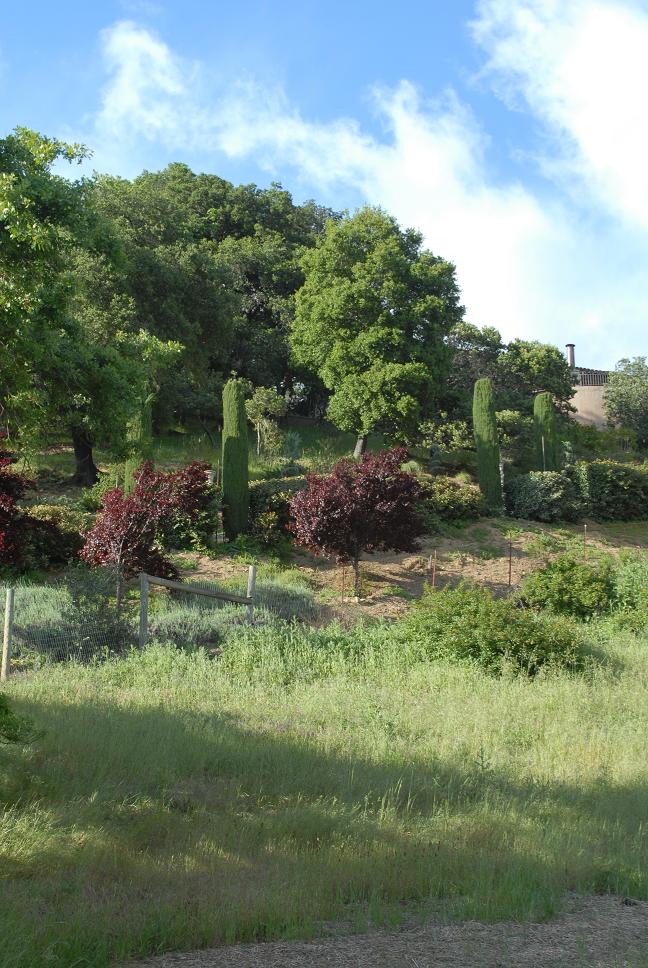
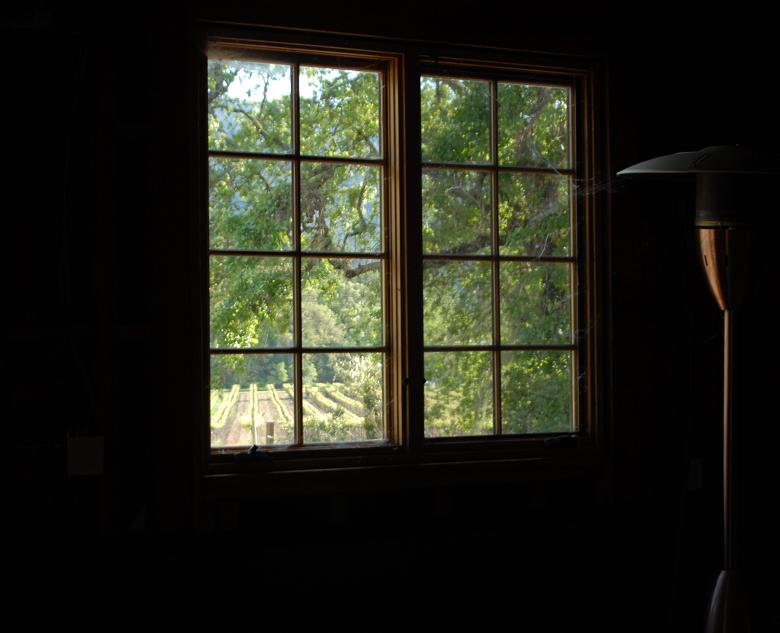
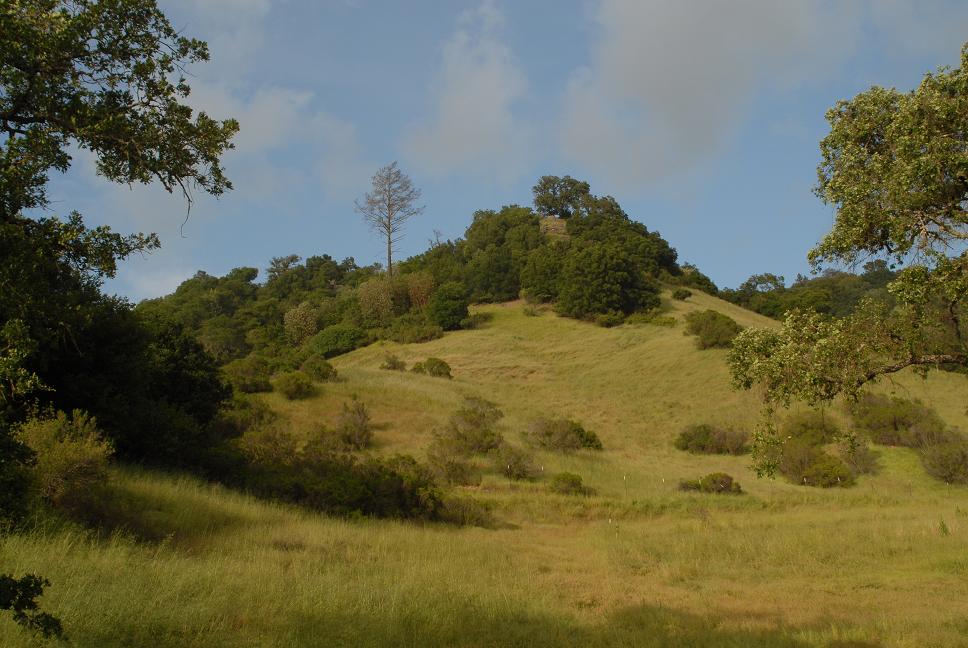

 Last week I had the opportunity to tour
Last week I had the opportunity to tour 










 If you’ve spent any time tasting wine in Napa Valley you can attest to the fact that Cabernet Sauvignon is everywhere. It happens that Napa is one of the places in the world where Cabernet truly flourishes. When journeying from one winery to another it can be a bit overwhelming when you realize that if all you did was taste Napa Cabernet, it would become a part time job to try every one in the valley. It is tempting though because there are so many fine examples out there. Production sizes, styles, vineyards and more vary so greatly that this one terrific grape produces a sea of distinct offerings.
If you’ve spent any time tasting wine in Napa Valley you can attest to the fact that Cabernet Sauvignon is everywhere. It happens that Napa is one of the places in the world where Cabernet truly flourishes. When journeying from one winery to another it can be a bit overwhelming when you realize that if all you did was taste Napa Cabernet, it would become a part time job to try every one in the valley. It is tempting though because there are so many fine examples out there. Production sizes, styles, vineyards and more vary so greatly that this one terrific grape produces a sea of distinct offerings.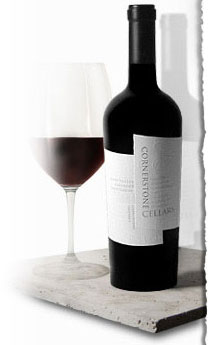 It was about a year ago that I tasted the wines of
It was about a year ago that I tasted the wines of  When it comes to Australian wine,
When it comes to Australian wine,  A couple of years ago I was having lunch and 337 Cabernet Sauvignon happened to be a by the glass pour. I wasn’t familiar with it, so I gave it a shot. I found it to be a very appealing and straightforward Cabernet. My initial impression improved when I tasted it a second time and also when I realized its value based on bottle price. So I ended up writing about it. Since that time I’ve had the wine on a couple of other occasions. It’s a couple of vintages later and this seemed like a good time to revisit and see how the current release stacks up.
The
A couple of years ago I was having lunch and 337 Cabernet Sauvignon happened to be a by the glass pour. I wasn’t familiar with it, so I gave it a shot. I found it to be a very appealing and straightforward Cabernet. My initial impression improved when I tasted it a second time and also when I realized its value based on bottle price. So I ended up writing about it. Since that time I’ve had the wine on a couple of other occasions. It’s a couple of vintages later and this seemed like a good time to revisit and see how the current release stacks up.
The  When it comes to South American wine Cabernet Sauvignon was the first varietal I started drinking. It was my realization back then that there was great value in the Cab category that started me on tasting wines from both Chile and Argentina. Perhaps because it was the first thing from there I started that I still get excited when I find a solid Cabernet Sauvignon value from South America. Over the last few months I’ve had the chance to taste a number of wines from Bodega Septima. During the next couple of days I’m going to report on a few recent examples I’ve really liked. Today I’m going to look at their current release of Cabernet Sauvignon.
The
When it comes to South American wine Cabernet Sauvignon was the first varietal I started drinking. It was my realization back then that there was great value in the Cab category that started me on tasting wines from both Chile and Argentina. Perhaps because it was the first thing from there I started that I still get excited when I find a solid Cabernet Sauvignon value from South America. Over the last few months I’ve had the chance to taste a number of wines from Bodega Septima. During the next couple of days I’m going to report on a few recent examples I’ve really liked. Today I’m going to look at their current release of Cabernet Sauvignon.
The  There are winemakers out there who work on numerous projects throughout the year on a consulting basis. Some like Napa Valley’s
There are winemakers out there who work on numerous projects throughout the year on a consulting basis. Some like Napa Valley’s 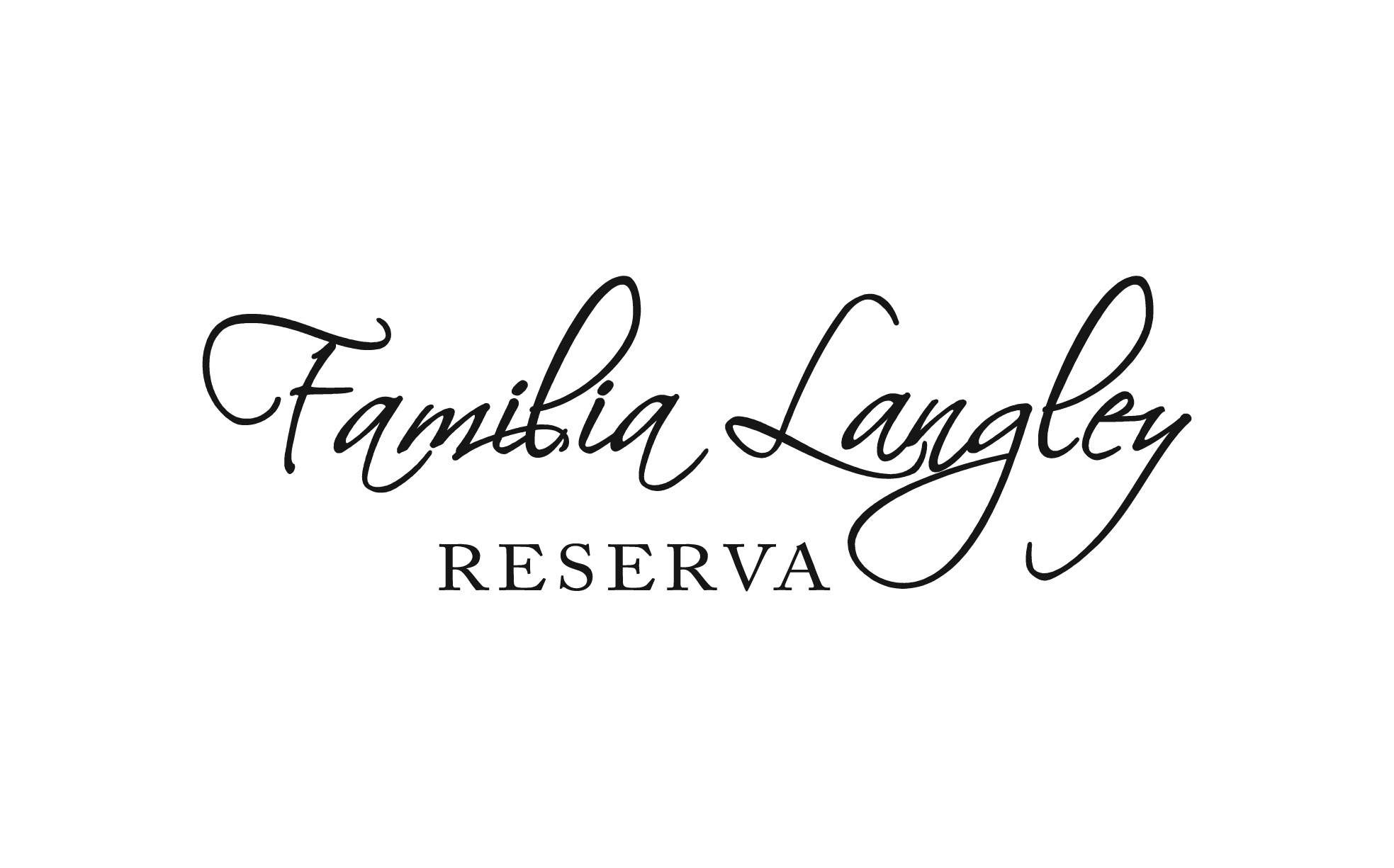 It was just about a year ago that I first tasted the offerings from Argentine producer
It was just about a year ago that I first tasted the offerings from Argentine producer  It’s good to have some go to things in life. When it comes to wine there are some producers that I look to for a variety of reasons. Sometimes it’s simply quality. Other times it’s value and availability.
It’s good to have some go to things in life. When it comes to wine there are some producers that I look to for a variety of reasons. Sometimes it’s simply quality. Other times it’s value and availability.  The last wine today is the Valentin Bianchi 2008 Elsa Cabernet Sauvignon. Fruit for this wine was also sourced at the Family’s original home vineyards. This selection is 100% Cabernet Sauvignon. This wine had minimal oak aging. 10,000 cases of this 2008 vintage were imported and the suggested retail price is $8.99.
The last wine today is the Valentin Bianchi 2008 Elsa Cabernet Sauvignon. Fruit for this wine was also sourced at the Family’s original home vineyards. This selection is 100% Cabernet Sauvignon. This wine had minimal oak aging. 10,000 cases of this 2008 vintage were imported and the suggested retail price is $8.99. A lot of people I know drink New World Cabernet Sauvignon and Merlot with great regularity. When it comes to Old World examples many friends I know seem a bit timid. There is definitely a perception out there that French and Italian wines specifically are very expensive. And while there are certainly lots of well regarded and highly priced wines out there, both countries features many excellent wines that are affordable to wide audiences for everyday drinking. Today I’ll look at such a wine from Bordeaux.
The Château Larose-Trintaudon Haut-Médoc 2004 is a blend of Cabernet Sauvignon (60%) and Merlot (40%). Barrel aging occurred in 100% French oak. The suggested retail price for this wine is $17.95
A lot of people I know drink New World Cabernet Sauvignon and Merlot with great regularity. When it comes to Old World examples many friends I know seem a bit timid. There is definitely a perception out there that French and Italian wines specifically are very expensive. And while there are certainly lots of well regarded and highly priced wines out there, both countries features many excellent wines that are affordable to wide audiences for everyday drinking. Today I’ll look at such a wine from Bordeaux.
The Château Larose-Trintaudon Haut-Médoc 2004 is a blend of Cabernet Sauvignon (60%) and Merlot (40%). Barrel aging occurred in 100% French oak. The suggested retail price for this wine is $17.95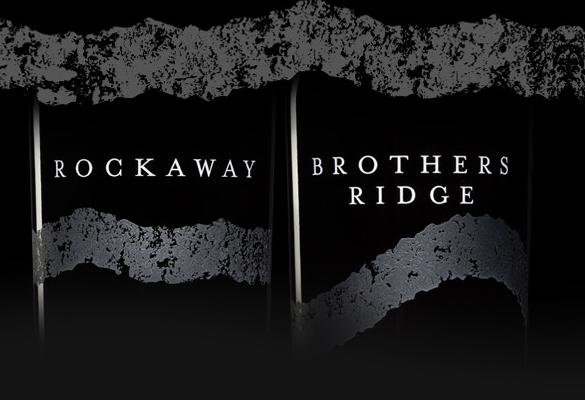 Last year
Last year  Sonoma County’s
Sonoma County’s  Spain's
Spain's